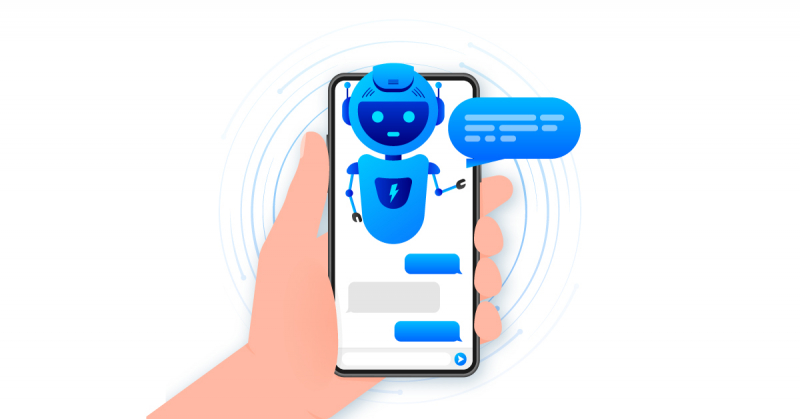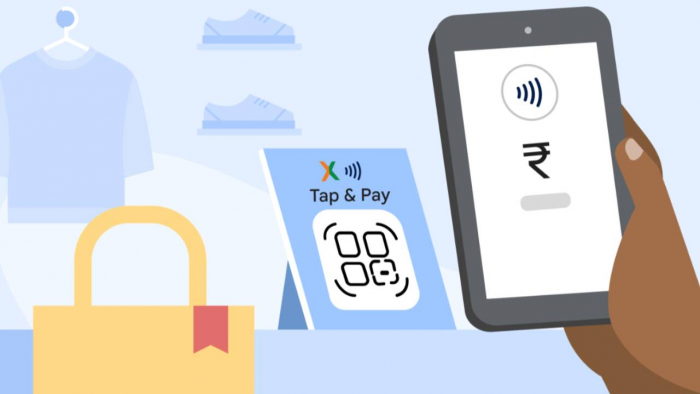Artificial Intelligence (AI) has moved from being just another random tech jargon. This revolutionary technology is real and here to stay. Research shows that AI is becoming part of our everyday lives, with 1.1 billion people expected to use this technology by 2031.
So, how is AI making our lives smoother and more efficient? In this article, we’ll break down five common ways AI is impacting our daily routines. These use cases should help us understand what to expect from AI in the future.
AI Content on Social Media
The social media industry has ballooned since the first smartphone (iPhone) release in 2007. Today, almost everyone with a smartphone has a profile on social apps like Instagram, Twitter (now X), Facebook, and TikTok. Besides helping us to connect with businesses and individuals, users on these platforms can share entertaining short videos.
Today, AI is rapidly transforming social media by influencing content and engagement. Many content creators are turning to this technology to create engaging, scroll-stopping content within minutes. According to social media statistics, 51% of video marketers on social apps have used AI. We can expect this number to increase as AI content goes mainstream.
Below are some ways social media content creators are using AI:
- Generate eye-catching social media videos and images.
- Create video narrations using voice cloning and sound generation tools.
- Translate audio narration to any language for increased social media reach.
- Quickly translate audio narrations into accurate subtitles and captions.
- Use scheduling tools to predict peak engagement times on social media.
Customer Service with AI Chatbots

Customer support is the backbone of every business. And as digital business operations continue to increase, most customers prefer using modern contact methods like email and live chat. The latter, in particular, is preferable as it allows users to connect with support agents instantly. A report by Salesforce reveals that 81% of customers prefer using live chat.
The growing demand for live support has seen more businesses adopt AI chatbots. Unlike human agents, these bots provide 24/7 support, increasing efficiency while reducing costs. AI chatbots can answer basic questions before connecting you to a live agent for more technical replies. And yes, these bots are getting smarter at handling technical issues.
AI Personalization in Online Shopping
Have you noticed that targeted online shopping experiences are more common these days? Digital shopping platforms like Amazon and eBay offer personalized product recommendations and customized pages. Avid gamers will also agree that sweepstakes apps provide personalized game recommendations based on your playing history.
Here’s how it works – AI personalization leverages machine learning to study customer behavior and provide tailored experiences. These systems can collect user data such as purchase history, search behavior, and social media interactions. So, expect to see more personalized video recommendations on Netflix and YouTube.
AI-Driven Spam Filters
Spam is an unsolicited or unwanted message sent in bulk to many recipients. These can be messages that keep bombarding your email inbox or SMS app. Today, spam messages have evolved to become more complex problems. Spammers now use AI’s automation capabilities to spread bulk ransomware and crypto fraud through their messages.
The good news is that spam-filtering systems are also becoming smarter thanks to AI technology. These systems use machine learning technology to identify and block unwanted messages. They can analyze data based on known spam characteristics to give you peace of mind.
Take Gmail’s spam filtering, for example. It utilizes cutting-edge AI and machine learning capabilities to analyze email patterns and trends. This app can then automatically block spam messages and send them to your “Spam” folder. In addition, Gmail’s AI can learn from your previous interactions, like blocking certain emails, to enhance its filtering accuracy.
AI in Facial Recognition
Facial recognition, or simply Face ID, is among the most reliable verification technologies using biometrics. The most common way you interact with this technology is on your phone’s unlocking mechanism. With AI technology, Face ID systems can become even faster and more accurate in identifying faces. AI face recognition offers a high level of security and convenience.
Interestingly, modern systems like Apple’s Face ID can deliver even accurate results under different circumstances. According to Apple, the Face ID feature on its TrueDepth camera can auto-adjust to facial changes like wearing makeup or glasses. It can also update face data using a password in case of significant facial changes. That’s the convenience of AI facial recognition.
Other ways you may be interacting with AI face ID include:
- Law enforcement surveillance systems
- Facebook uses it to auto-detect and tag people in your uploaded photos.
- Confirming your identity in mobile banking systems and ATM transactions.
Last Words
As you can see, we knowingly or unknowingly interact with AI in many ways. We expect the number of AI applications to grow in response to rising demand. By understanding this technology’s application areas, you can ride the AI wave and prepare for the future. It’s evident that AI is here for the long haul.


NARTYTRYUT2011830NEWETREWT
Jul 29, 2025MEJTYJY2011830MARETRYTR